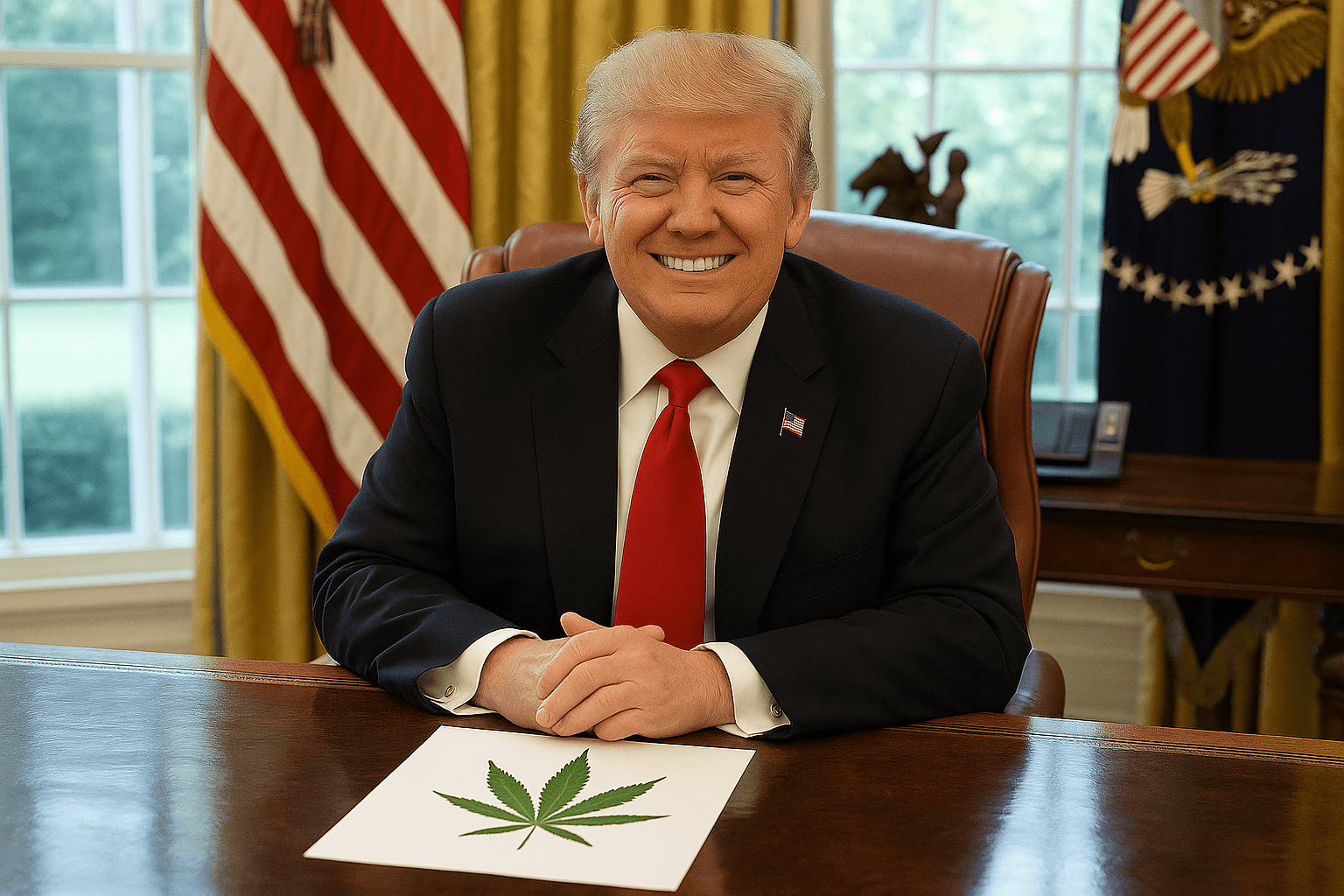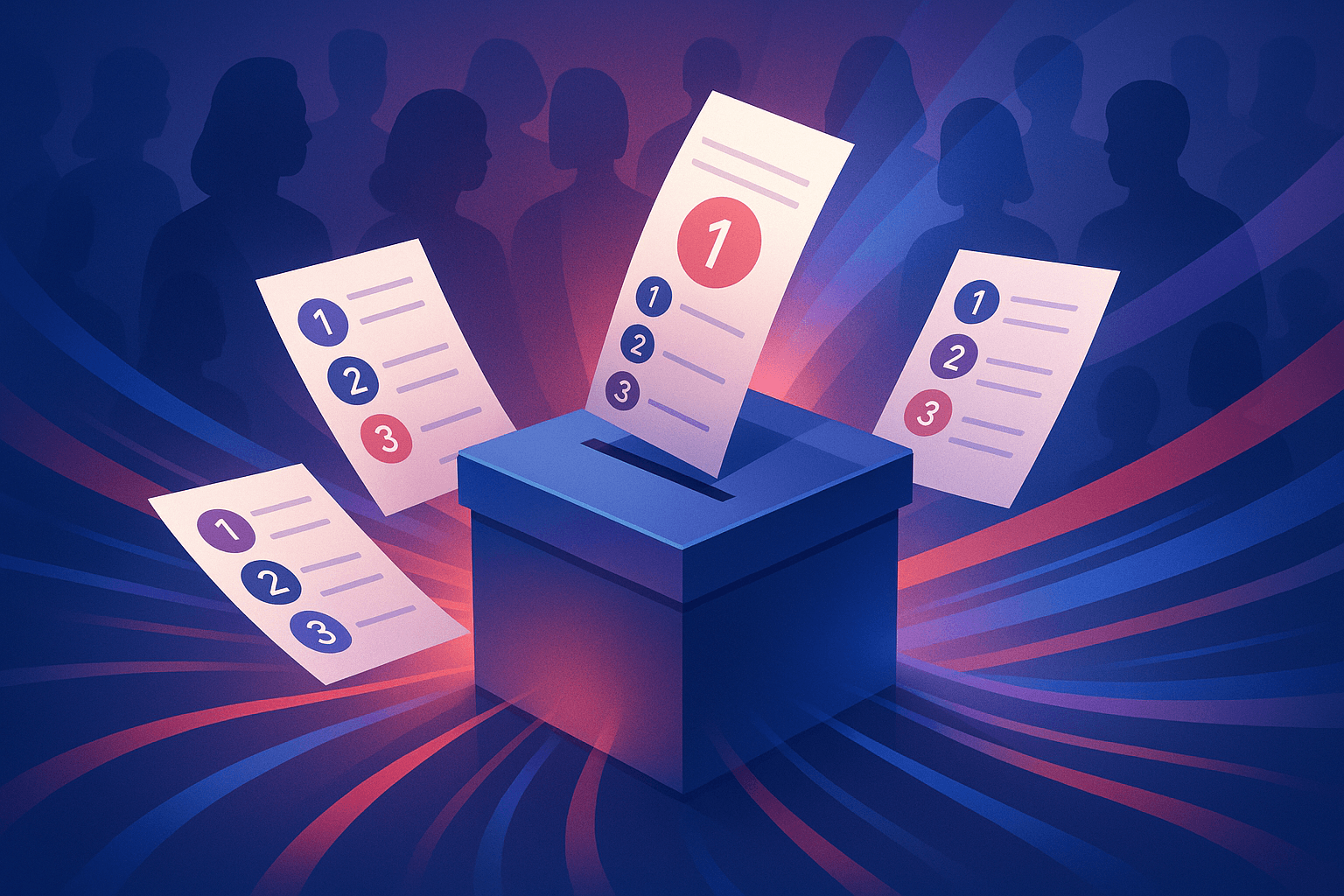League of Women Voters Keeps National Popular Vote Movement Alive in Colorado

After each presidential election in which the popular vote winner and the Electoral College winner differ, the country revisits the question, “Why do we still have the Electoral College?”
Opponents of the Electoral College argue that basing the winner on the college leads candidates to focus only on swing states, which leaves out most of the country.
For example, 94% of the 2016 presidential campaign events (375 of the 399) took place in only twelve states. Two-thirds (273 of 399) of the general election campaign events were in just 6 states (Florida, North Carolina, Pennsylvania, Ohio, Virginia, and Michigan).
Those opposed to the Electoral College also argue that it leads to low voter turnout in states without close races. They also cite the fact that the popular vote and Electoral College winners have been different on five separate occasions.
To address these issues, the National Popular Vote Interstate Compact (NPVIC) was introduced in 2007. The compact would alter how states implement the part of the Constitution that requires each state legislature to set the method by which they appoint their electors to vote in the Electoral College.
Currently, all but two states (Maine and Nebraska) award all of their electoral votes to the candidate who garners the most votes in the state. The NPVIC participating states would award all of their electoral votes to the candidate who wins the overall national popular vote. The compact would go into effect only after the participating states collectively represent at least 270 electoral votes (an absolute majority).
To date, it has been enacted into law in 10 states and the District of Columbia, for a total of 165 electoral votes. It needs 105 additional electoral votes.
Since 1970, the League of Women Voters has supported electing the president via popular vote instead of the Electoral College, and abolishing the Electoral College via a constitutional amendment is one of its core efforts.
In 2010, the League of Women Voters officially announced support for the National Popular Vote Interstate Compact. They view the NPVIC as a means of accomplishing their goal until such time as a constitutional amendment is enacted.
The Colorado chapter of the League of Women Voters is advocating for the state to join the NPVIC.
Senator Andrew Kerr was one of the sponsors of SB17-099, introduced earlier this year, which aimed to adopt the NPVIC in Colorado. The bill failed in committee, but the League of Women Voters is joining coalition partners, including Common Cause and ColoradoEVEN (Colorado Every.Vote.Equal.Nationally.), and Senator Kerr to get the compact back in front of the General Assembly.
League of Women Voters of Colorado is a proud member of the coalition of reform organizations behind "Unrig the System," an event aimed at reforming Colorado politics. Find out more by watching the video below or by visiting unrig.it.
Photo Credit: Niyazz / shutterstock.com



